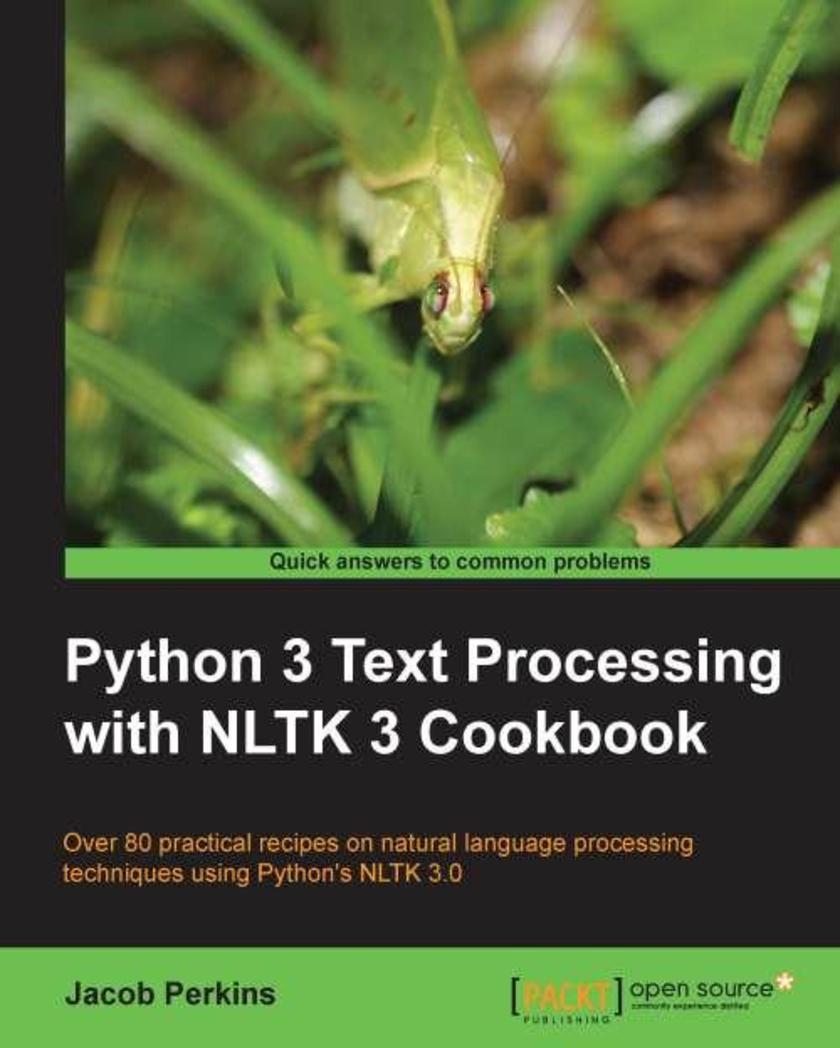
Python Text Processing with NLTK 2.0 Cookbook Update
¥80.65
This book is intended for Python programmers interested in learning how to do natural language processing. Maybe you’ve learned the limits of regular expressions the hard way, or you’ve realized that human language cannot be deterministically parsed like a computer language. Perhaps you have more text than you know what to do with, and need automated ways to analyze and structure that text. This Cookbook will show you how to train and use statistical language models to process text in ways that are practically impossible with standard programming tools. A basic knowledge of Python and the basic text processing concepts is expected. Some experience with regular expressions will also be helpful.

Kali Linux CTF Blueprints
¥65.39
Taking a highly practical approach and a playful tone, Kali Linux CTF Blueprints provides step-by-step guides to setting up vulnerabilities, in-depth guidance to exploiting them, and a variety of advice and ideas to build and customize your own challenges. If you are a penetration testing team leader or individual who wishes to challenge yourself or your friends in the creation of penetration testing assault courses, this is the book for you. The book assumes a basic level of penetration skills and familiarity with the Kali Linux operating system.
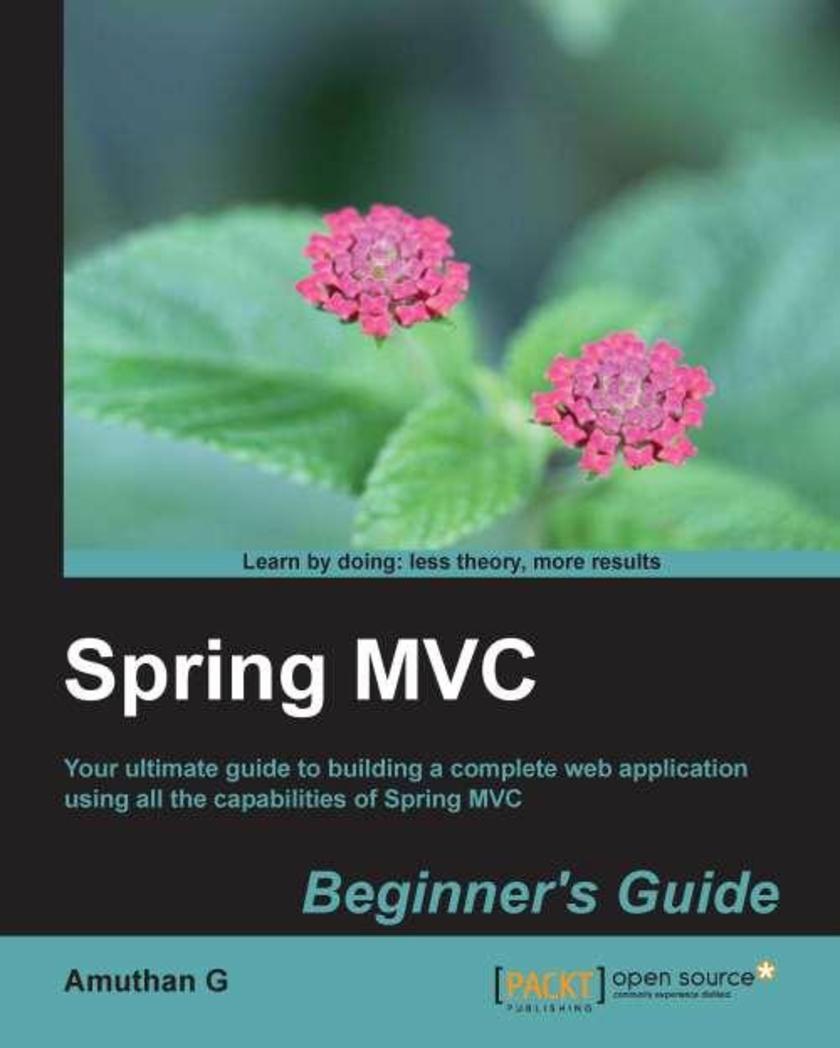
Spring MVC Beginner's Guide
¥80.65
A step-by-step pragmatic approach to web application development using Spring MVC, with relevant screenshots and concise explanations. This book is aimed at helping Java developers who want to teach themselves Spring MVC, even if they have no previous experience with Spring MVC. It would be helpful to have a bit of familiarity with basic servlet programming concepts, but no prior experience is required.
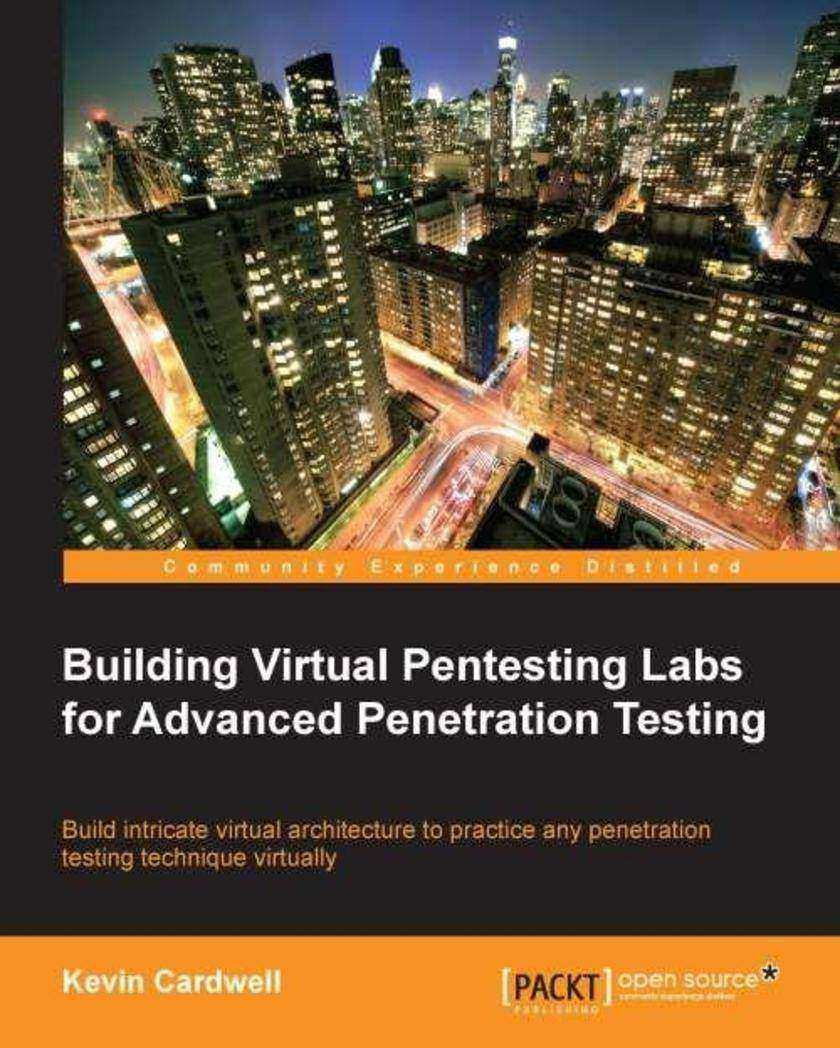
Building Virtual Pentesting Labs for Advanced Penetration Testing
¥107.90
Written in an easy-to-follow approach using hands-on examples, this book helps you create virtual environments for advanced penetration testing, enabling you to build a multi-layered architecture to include firewalls, IDS/IPS, web application firewalls, and endpoint protection, which is essential in the penetration testing world.If you are a penetration tester, security consultant, security test engineer, or analyst who wants to practice and perfect penetration testing skills by building virtual pentesting labs in varying industry scenarios, this is the book for you. This book is ideal if you want to build and enhance your existing pentesting methods and skills. Basic knowledge of network security features is expected along with web application testing experience.

Unity Android Game Development by Example Beginner's Guide
¥80.65
Unity Android Game Development by Example Beginner's Guide consists of different game application examples. No prior experience with programming, Android, or Unity is required. You will learn everything from scratch and will have an organized flow of information specifically designed for complete beginners to Unity.Great for developers new to Unity, Android, or both, this book will walk you through everything you need to know about game development for the Android mobile platform. No experience with programming, Android, or Unity is required. Most of the assets used in each chapter project are provided with the book, but it is assumed that you have some access to basic image and model creation software. You will also need access to an Android powered device.
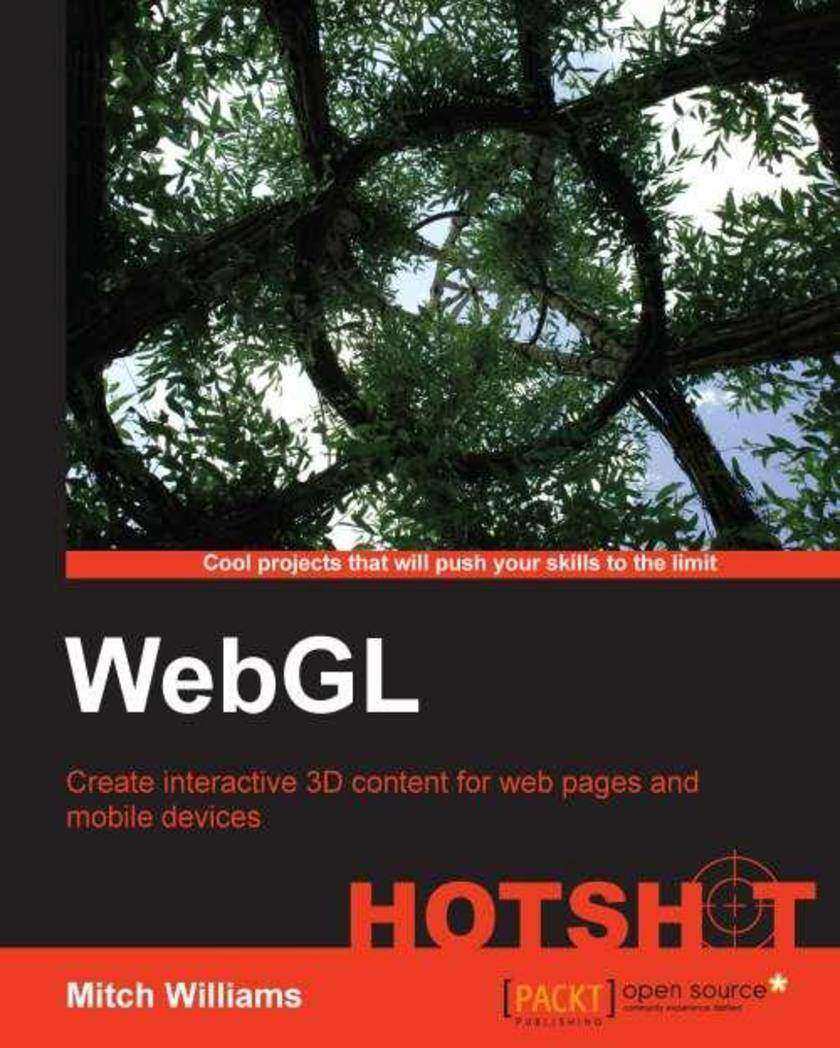
WebGL Hotshot
¥90.46
Every chapter starts with a 'mission briefing' section that describes what is to be achieved by the end of the chapter. This is followed with the decisions and steps required to accomplish the mission objective with challenges to take the project further. The scope for the book thus mimics the reallife requirements of a developer and gets you ready to successfully build your own project. If you are a web designer looking to expand your knowledge of 3D graphics concepts and broaden your existing skill set, then this book is for you. Those looking for an introduction to 3D graphics will benefit from WebGL Hotshot as it is a perfect guide to master 3D concepts, helping you build and deploy 3D worlds much quicker. The book assumes a basic knowledge of HTML, though it can be learned concurrently while reading this book. Basic programming knowledge is useful; however, the graphical nature of web 3D content allows you to learn programming through experimentation.
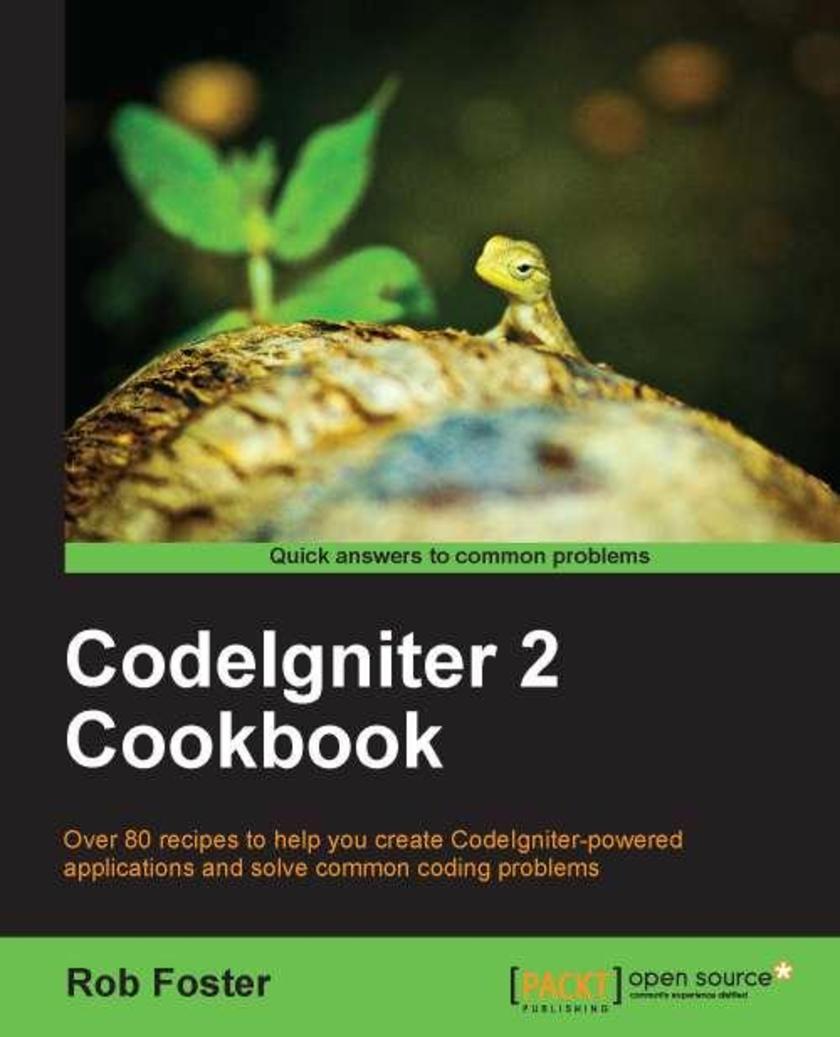
CodeIgniter 2 Cookbook
¥90.46
Presented in a recipe-based format, you are led step-by-step through each aspect of CodeIgniter, allowing you to dip in and out as you choose.CodeIgniter 2 Cookbook is for intermediate to advanced PHP developers who want to begin using the powerful CodeIgniter framework to create web applications. Familiarity with CodeIgniter isn’t essential, but it will be useful if you have been introduced to the framework before.

QlikView 11 para Desarrolladores
¥107.90
Los ejercicios de este libro tienen un enfoque de tutorial paso a paso y en los que al mismo tiempo se van presentando mejores prácticas de desarrollo. El libro está estructurado de forma que puede ser leído de inicio a fin o leer solamente partes del mismo.Este libro va dirigido a desarrolladores y usuarios que quieren aprender a crear aplicaciones de Inteligencia de Negocios con QlikView. Desarrolladores que ya hayan usado QlikView por un tiempo podrán encontrar recomendaciones útiles y mejores prácticas para hacer uso más efectivo de QlikView. Este libro solamente cubre QlikView Desktop. Implementaciones en QlikView Server y Publisher est?an fuera del alcance de este libro. Este libro no va enfocado a administradores de servidores QlikView.
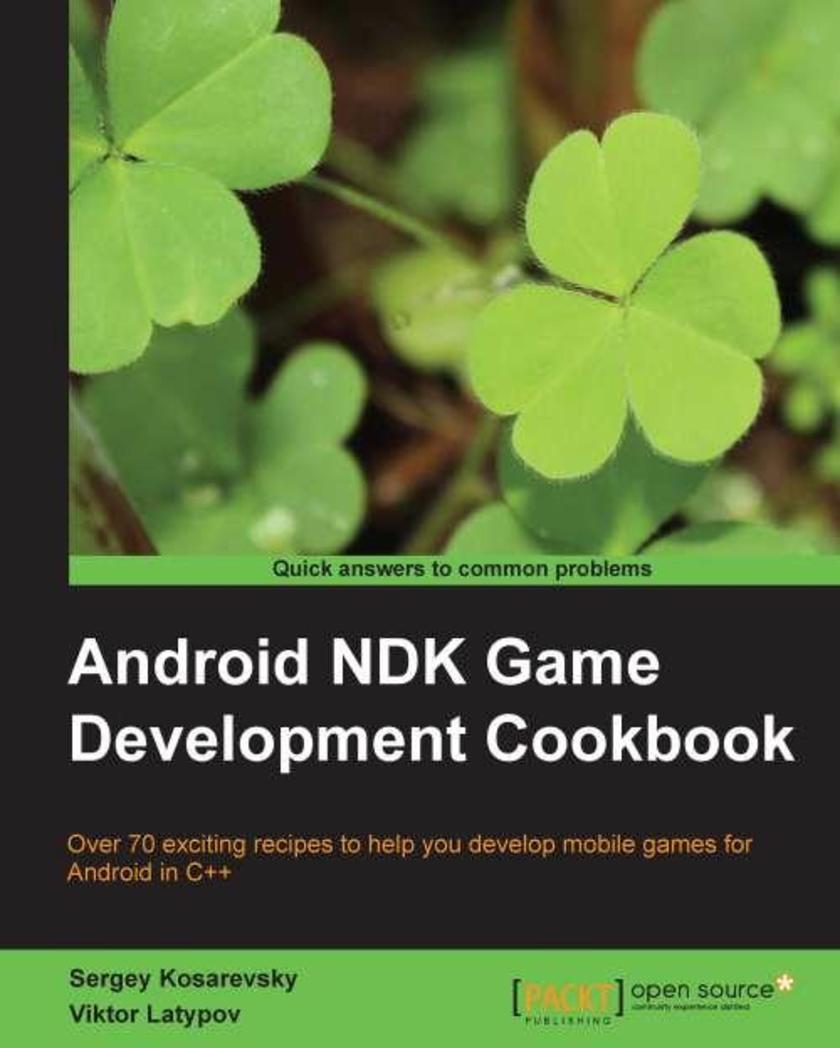
Android NDK Game Development Cookbook
¥90.46
A systematic guide consisting of over 70 recipes which focus on helping you build portable mobile games and aims to enhance your game development skills with clear instructions.If you are a C++ developer who wants to jump into the world of Android game development and who wants to use the power of existing C++ libraries in your existing Android Java applications, then this book is for you. You need to have basic knowledge of C or C++ including pointer manipulation, multithreading, and object-oriented programming concepts as well as some experience developing applications without using an IDE.
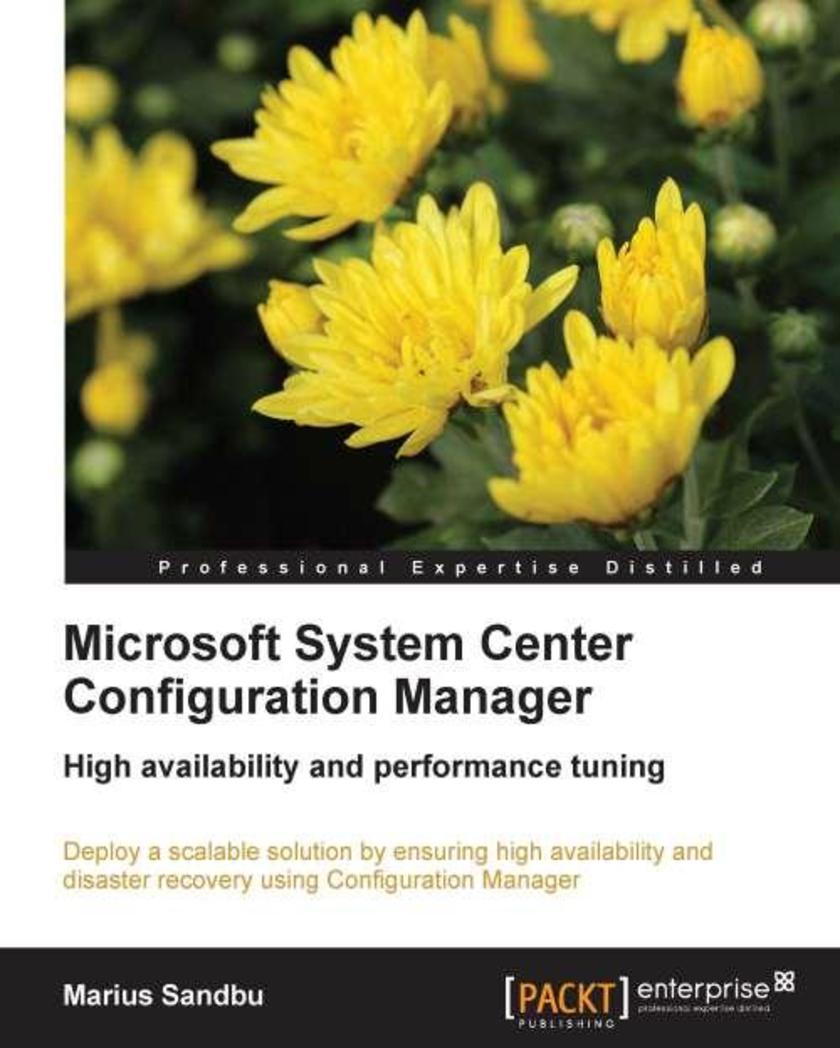
Microsoft SCCM High Availability and Performance Tuning
¥71.93
This book is a step-by-step tutorial that guides you through the key steps in implementing best solutions for high availability and performance tuning. It is split into two distinct approaches: client and site side HA and optimization.Microsoft SCCM High Availability and Performance Tuning is for IT professionals and consultants working with Configuration Manager who wish to learn the skills to deploy a redundant and scalable solution.
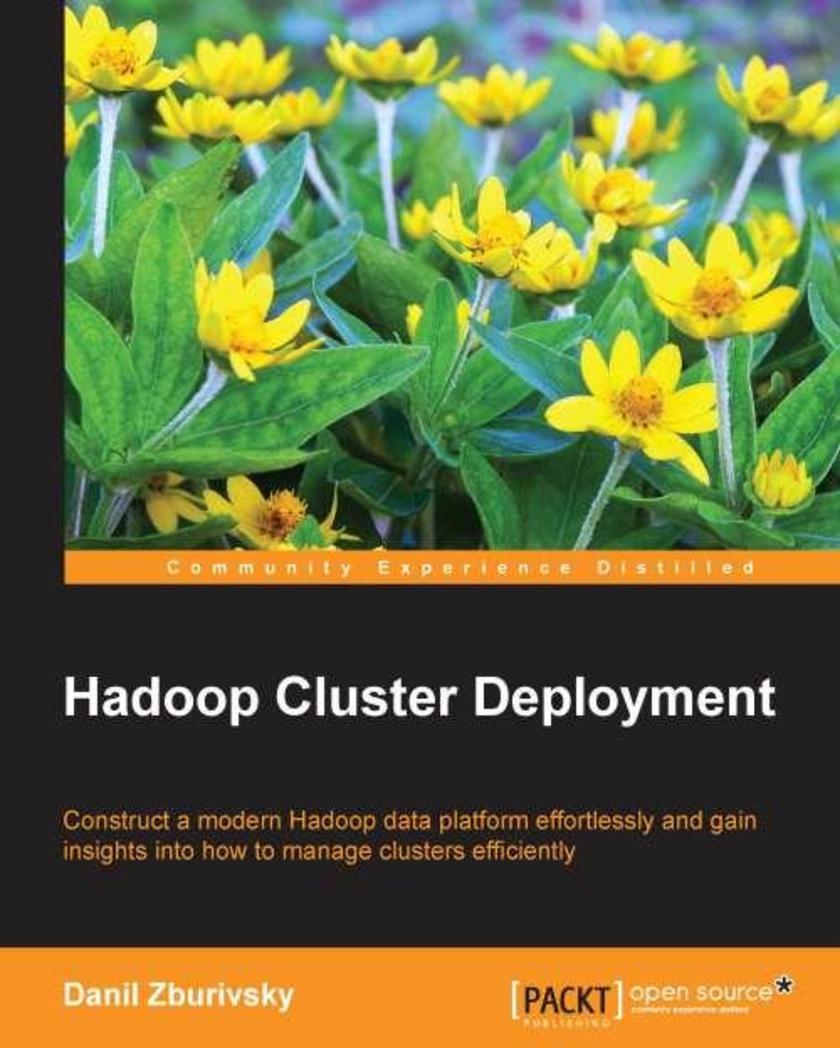
Hadoop Cluster Deployment
¥63.21
This book is a step-by-step tutorial filled with practical examples which will show you how to build and manage a Hadoop cluster along with its intricacies.This book is ideal for database administrators, data engineers, and system administrators, and it will act as an invaluable reference if you are planning to use the Hadoop platform in your organization. It is expected that you have basic Linux skills since all the examples in this book use this operating system. It is also useful if you have access to test hardware or virtual machines to be able to follow the examples in the book.
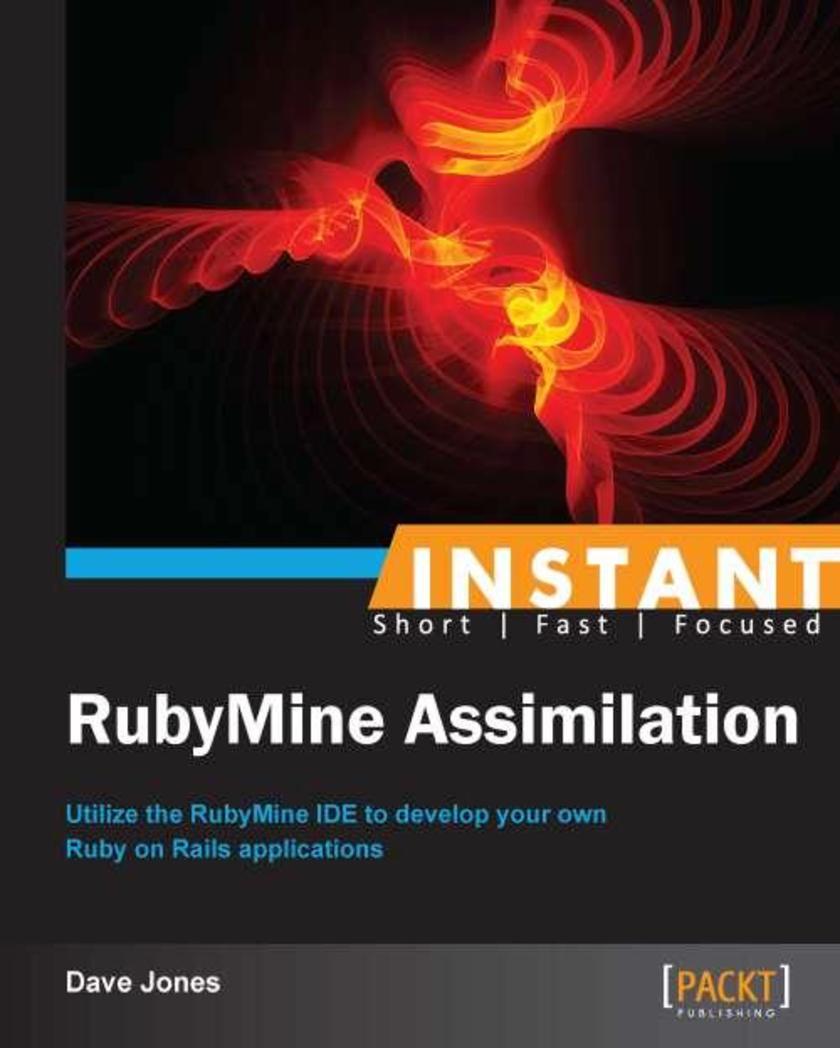
Instant RubyMine
¥45.77
Filled with practical, step-by-step instructions and clear explanations for the most important and useful tasks. Get the job done and learn as you go. A practical guide comprising of easy-to-follow recipes which provide concise and clear steps to help you enter the world of RubyMine.Instant RubyMine is ideal for you, if you are new to RubyMine or well acquainted with the technology. All you need is basic knowledge of writing in Ruby or Ruby on Rails.
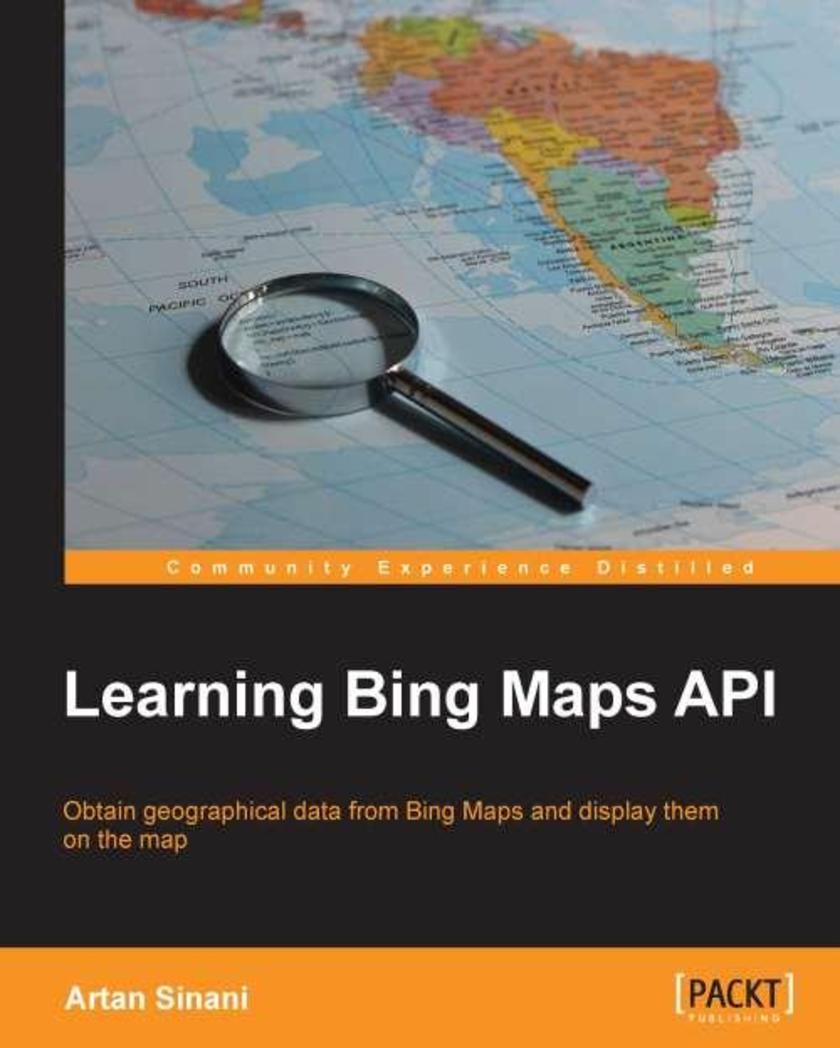
Learning Bing Maps API
¥63.21
This is a practical, hands-on guide with illustrative examples, which will help you explore the vast universe of Bing maps.If you are a developer who wants to learn how to exploit the numerous features of Bing Maps then this book is ideal for you. It can also be useful for more experienced developers who wish to explore other areas of the APIs. It is assumed that you have some knowledge of JavaScript, HTML, and CSS. For some chapters a working knowledge of .Net and Visual Studio is also needed.
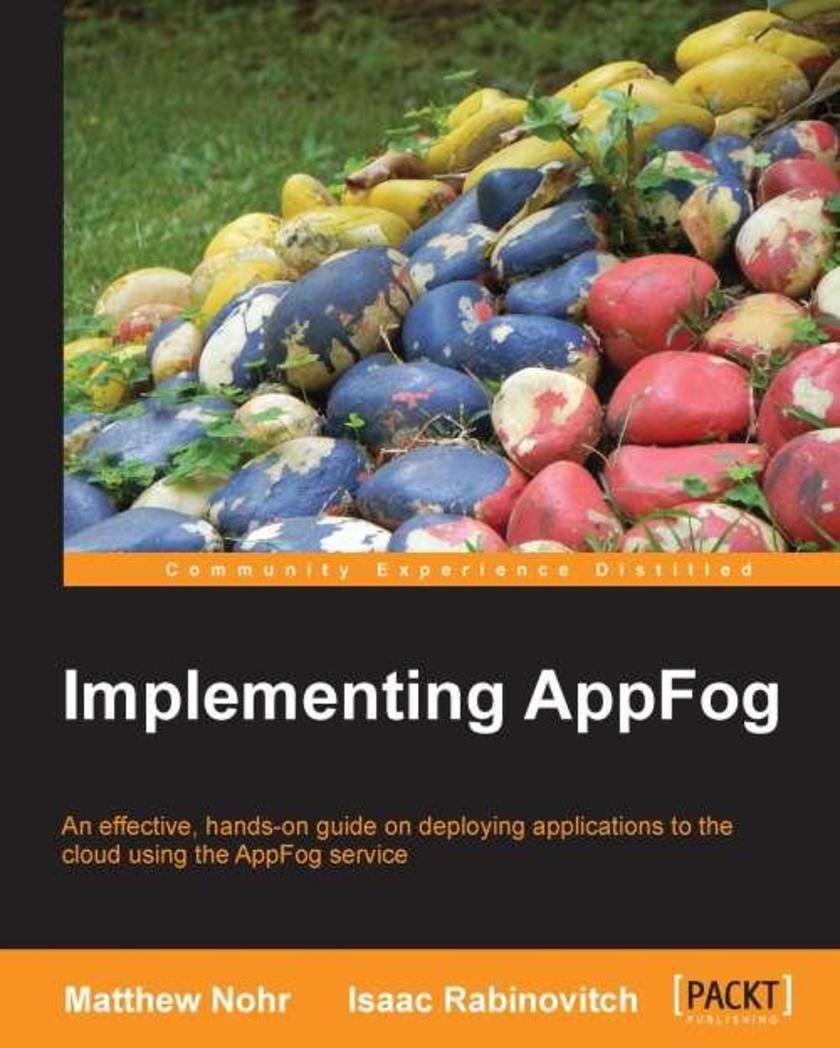
Implementing AppFog
¥54.49
This book is a practical, hands-on guide to implementing and deploying apps on the AppFog platform.Implementing AppFog is for developers who want to be able to upload applications to the cloud, and for implementation specialists, who implement and deploy apps on the AppFog platform. It is best to have Ruby installed, but we will walk you through the installation process if you do not already have it. It would be ideal to have some knowledge of cloud computing and know about the basics of database and network deployment.
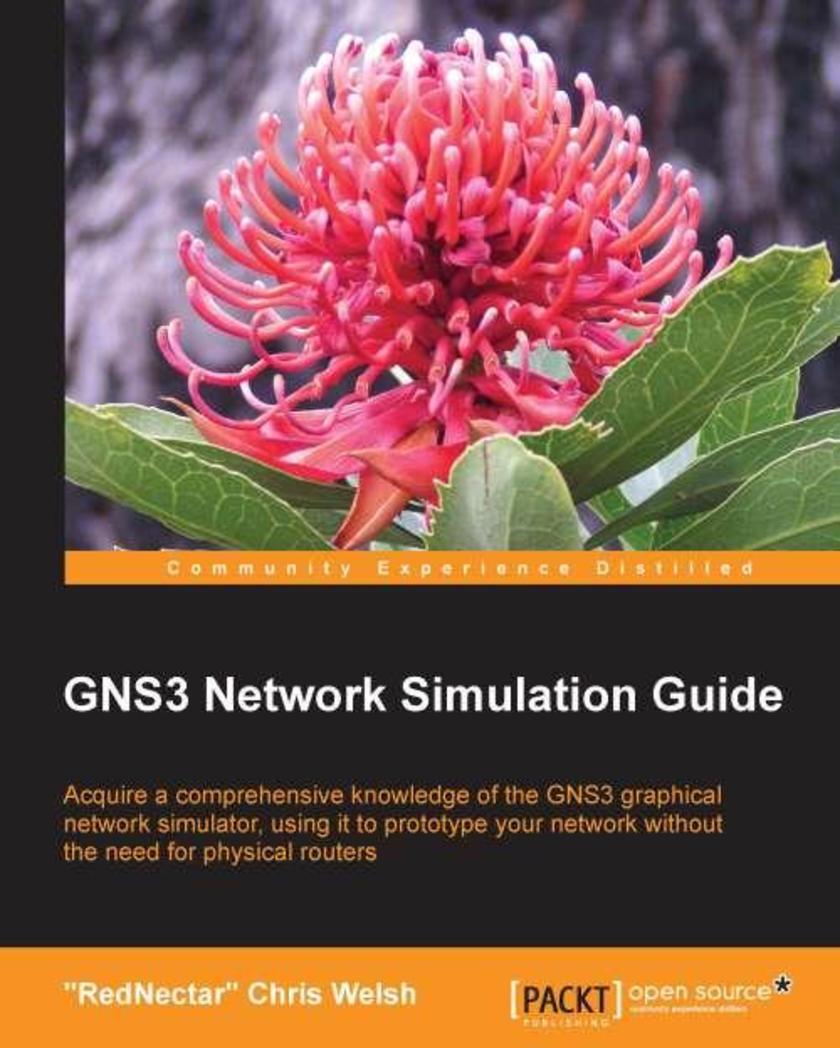
GNS3 Network Simulation Guide
¥59.94
GNS3 Network Simulation Guide is an easy-to-follow yet comprehensive guide which is written in a tutorial format helping you grasp all the things you need for accomplishing your certification or simulation goal. If you are a networking professional who wants to learn how to simulate networks using GNS3, this book is ideal for you. The introductory examples within the book only require minimal networking knowledge, but as the book progresses onto more advanced topics, users will require knowledge of TCP/IP and routing.
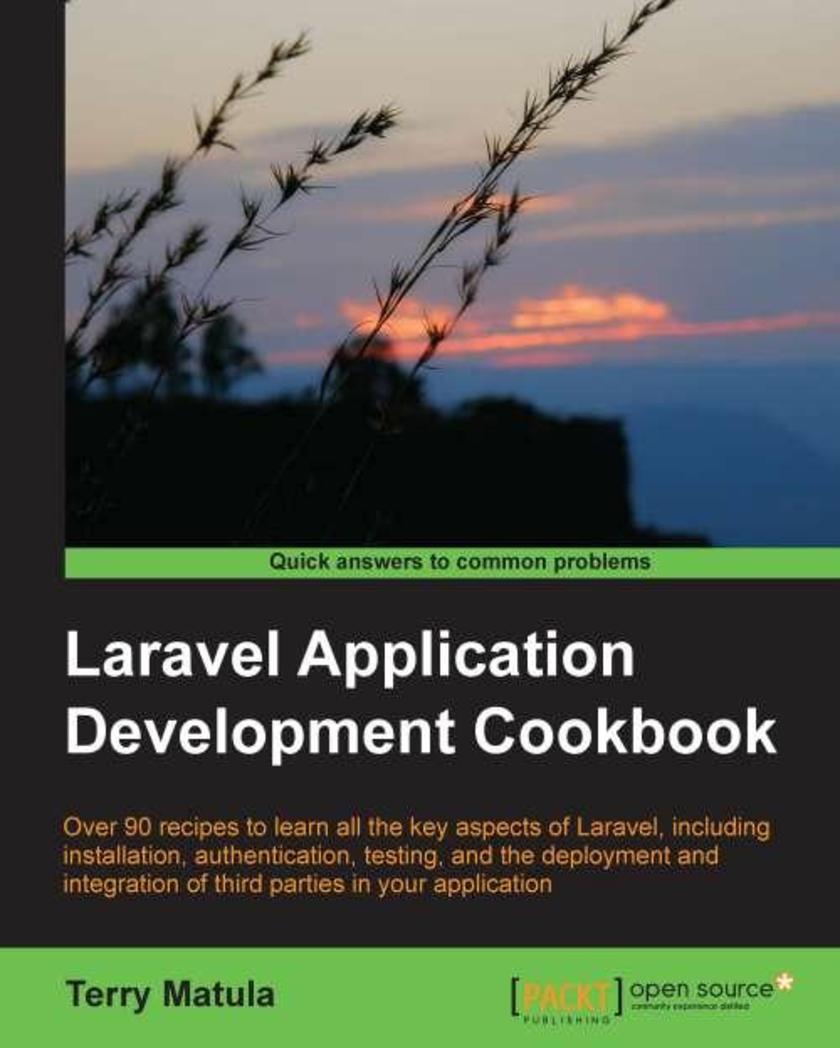
Laravel Application Development Cookbook
¥80.65
Get to grips with a new technology, understand what it is and what it can do for you, and then get to work with the most important features and tasks.A short and precise guide to get you started with EaselJS , helping you to create some cool applications and games.EaselJS greatly simplifies application development in HTML5 Canvas using a syntax and an architecture very similar to the ActionScript 3.0 language. As a result, Flash / Flex developers will immediately feel at home but it’s very easy to learn even if you've never opened Flash in your life. The book targets Web designers, animators, Digital content producers, and Flash and Flex developers.
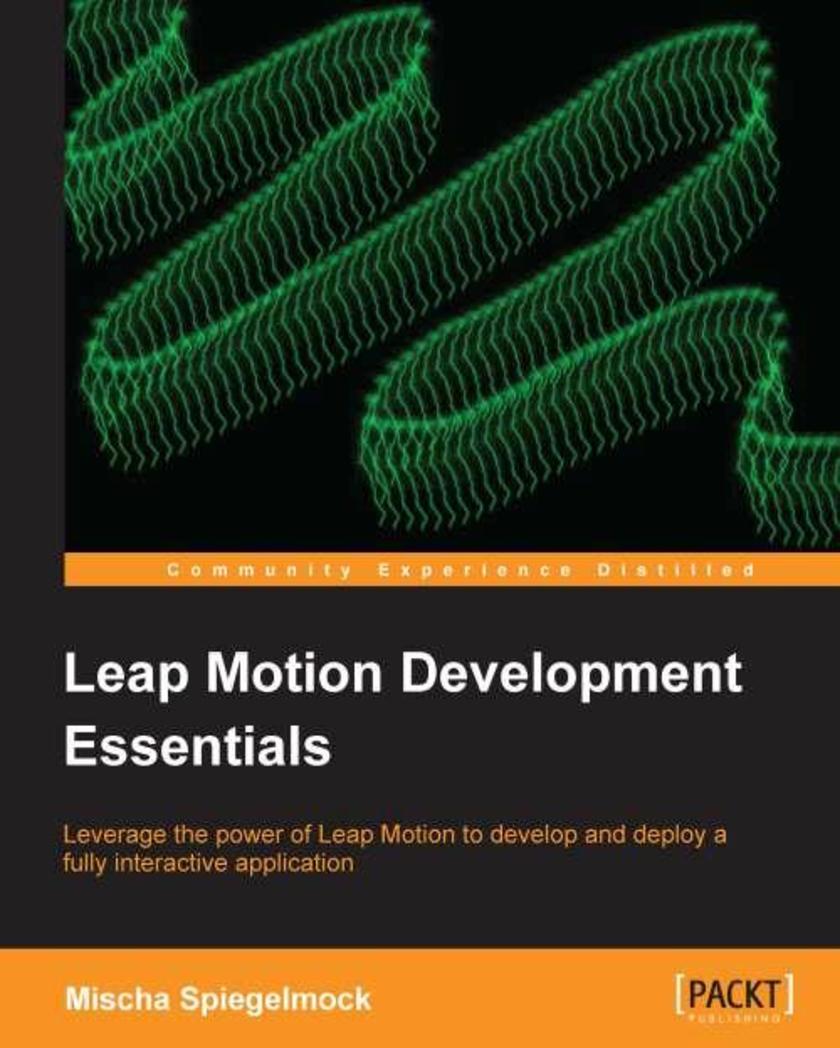
Leap Motion Development Essentials
¥63.21
This book is a fast-paced guide with practical examples that aims to help you understand and master the Leap Motion SDK.This book is for developers who are either involved in game development or who are looking to utilize Leap Motion technology in order to create brand new user interaction experiences to distinguish their products from the mass market. You should be comfortable with high-level languages and object-oriented development concepts in order to get the most out of this book.
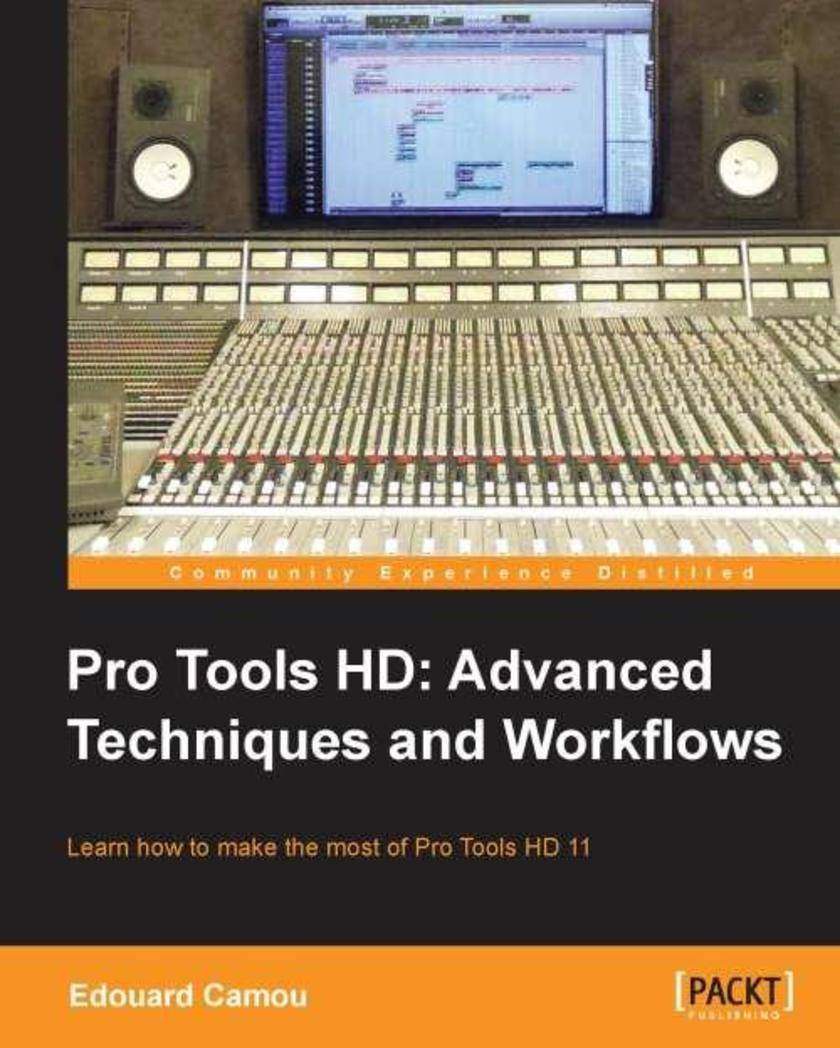
Pro Tools HD 11
¥54.49
An easy-to-follow guide for using Pro Tools HD 11 effectively.This book is ideal for anyone who already uses ProTools and wants to learn more, or is new to Pro Tools HD and wants to use it effectively in their own audio workstations.
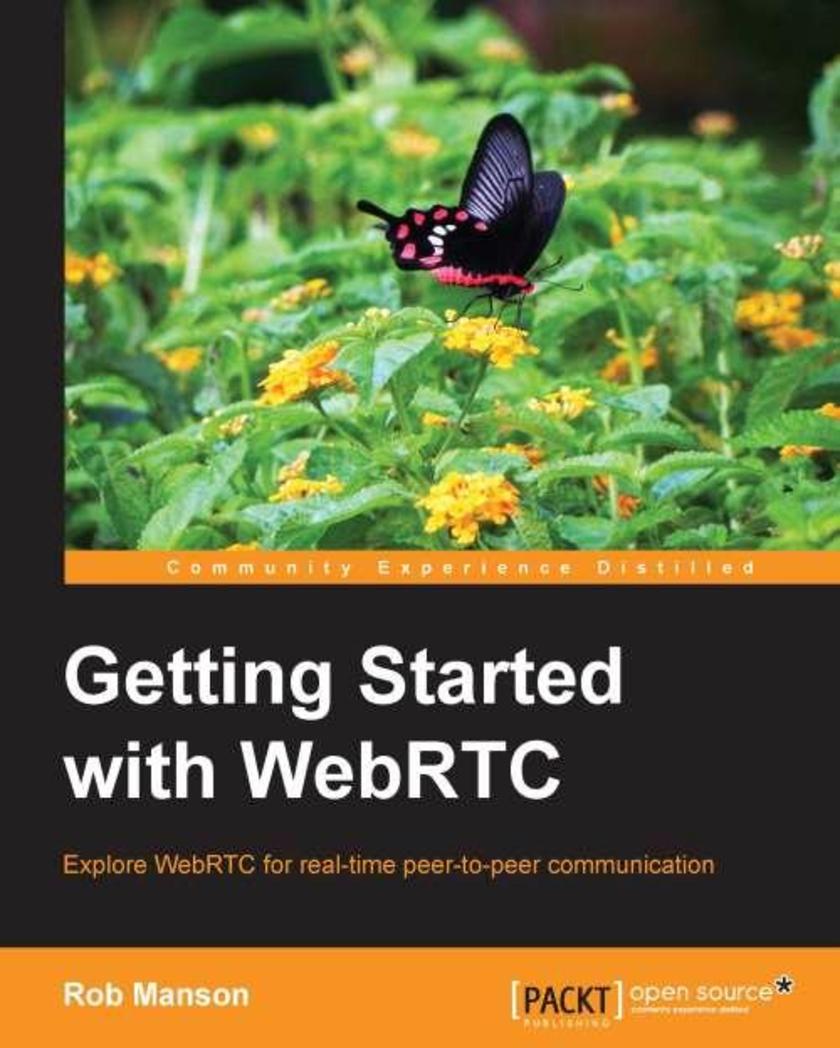
Getting Started with WebRTC
¥59.94
The book will follow a step-by-step tutorial approach to construct an application that allows video conferencing and calls between two browsers and a system for sharing files among a group.This book is ideal for developers new to the WebRTC standards who are interested in adding sensor-driven, real-time, peer-to-peer communication to their web applications. You will only need basic experience with HTML and JavaScript.
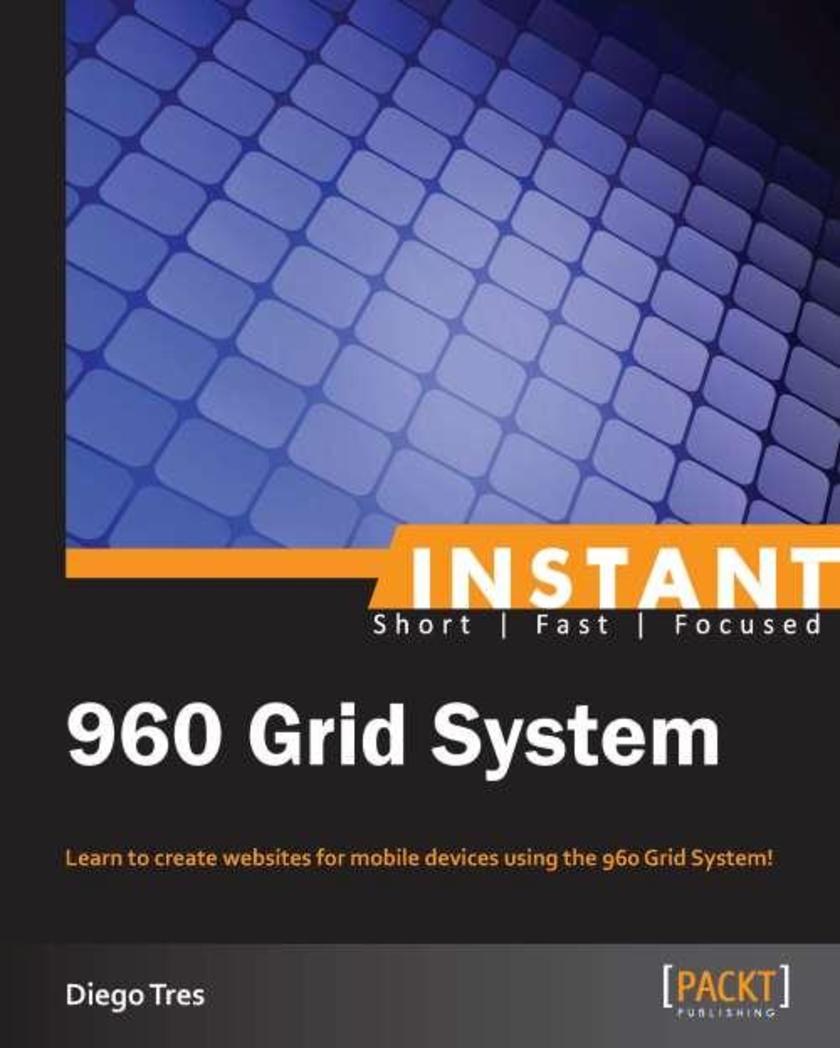
Instant 960 Grid System
¥41.41
Get to grips with a new technology, understand what it is and what it can do for you, and then get to work with the most important features and tasks. Instant 960 Grid System uses step-by-step instructions, covering the basic understanding needed to create a quick, high quality responsive website prototype using the 960 Grid System.The book is intended for beginner web developers and information architects looking to create a quick responsive website prototype. Basic knowledge of web development and a little understanding of grids is encouraged.
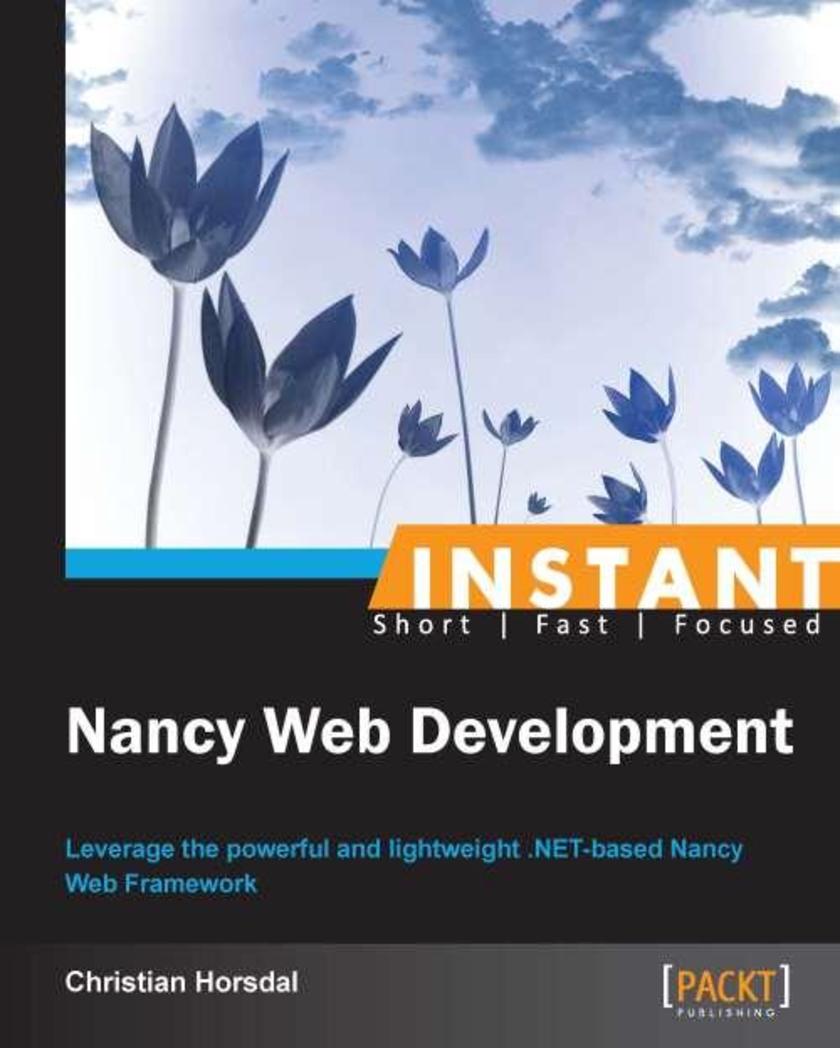
Instant Nancy Web Development
¥41.41
Filled with practical, step-by-step instructions and clear explanations for the most important and useful tasks.A practical, step-by-step guide featuring recipes that will get you up and running quickly with Nancy.A practical, step-by-step guide featuring recipes that will get you up and running quickly with Nancy.If you are a .NET oriented web developer who is curious to find out what lies beyond the Microsoft provided frameworks, then this book is for you! It’s beneficial to have a good knowledge of C# and .NET, as well as a basic working knowledge of HTTP. If testability is important to you, and you’re looking for a lightweight, code focused approach to building web applications, this book offers you all the guidance that you will need.




 购物车
购物车 个人中心
个人中心



